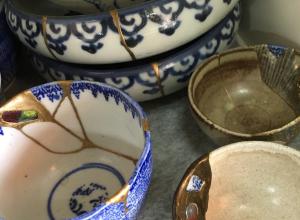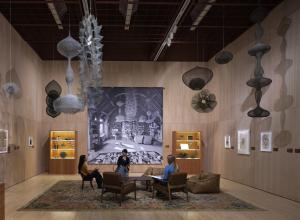In addition to studying with expat James McNeill Whistler, whose studio was behind The Club’s garden, budding creatives could seek instruction nearby from noteworthy artists including William-Adolphe Bouguereau and preeminent sculptor Auguste Rodin, along with a host of prestigious private art schools. Paul Cezanne’s studio was located across the street.
Dasal shares with Art & Object that those who participated in Club life flocked to Paris to pursue their studies toward professionalization in the visual arts. She describes the prototypical American Girl, Anna Lester, as “definitely an upper-middle-class young woman from a family that was supportive of her educational goals and career wishes.” Yet, for these women to fulfill their dreams would have been “an affront to the white, middle- and upper-class” that nearly all of them represented.
Faced with a choice between the expectation to be a “good woman” as a wife and mother, or being a “great artist,” some promising Club artists succumbed to the “Cult of Domesticity.” Dasal relates how American sculptor Augustus Saint-Gaudens wept when he learned that one of his favorite former students was engaged to be married, “[…] saddened by what he viewed as an automatically wasted talent.”


![DEl Kathryn Barton [Australian b. 1972] the more than human love , 2025 Acrylic on French linen 78 3/4 x 137 3/4 inches 200 x 350 cm Framed dimensions: 79 7/8 x 139 inches 203 x 353 cm](/sites/default/files/styles/category_card_187x139/public/ab15211bartonthe-more-human-lovelg.jpg?itok=LJbNuU6F)

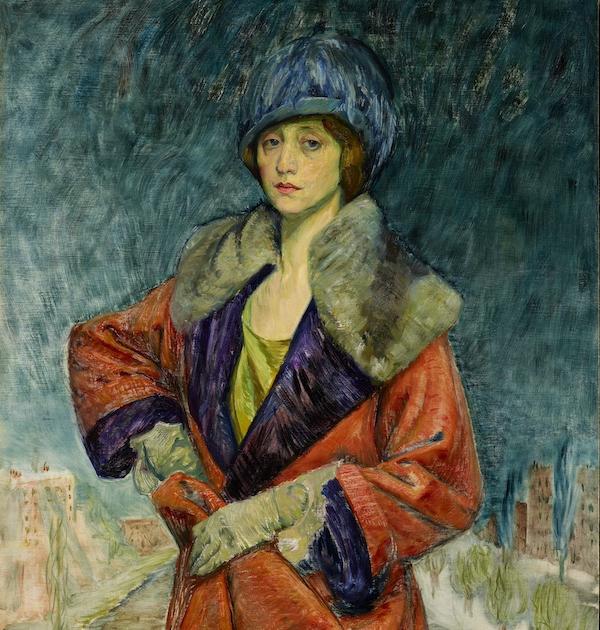
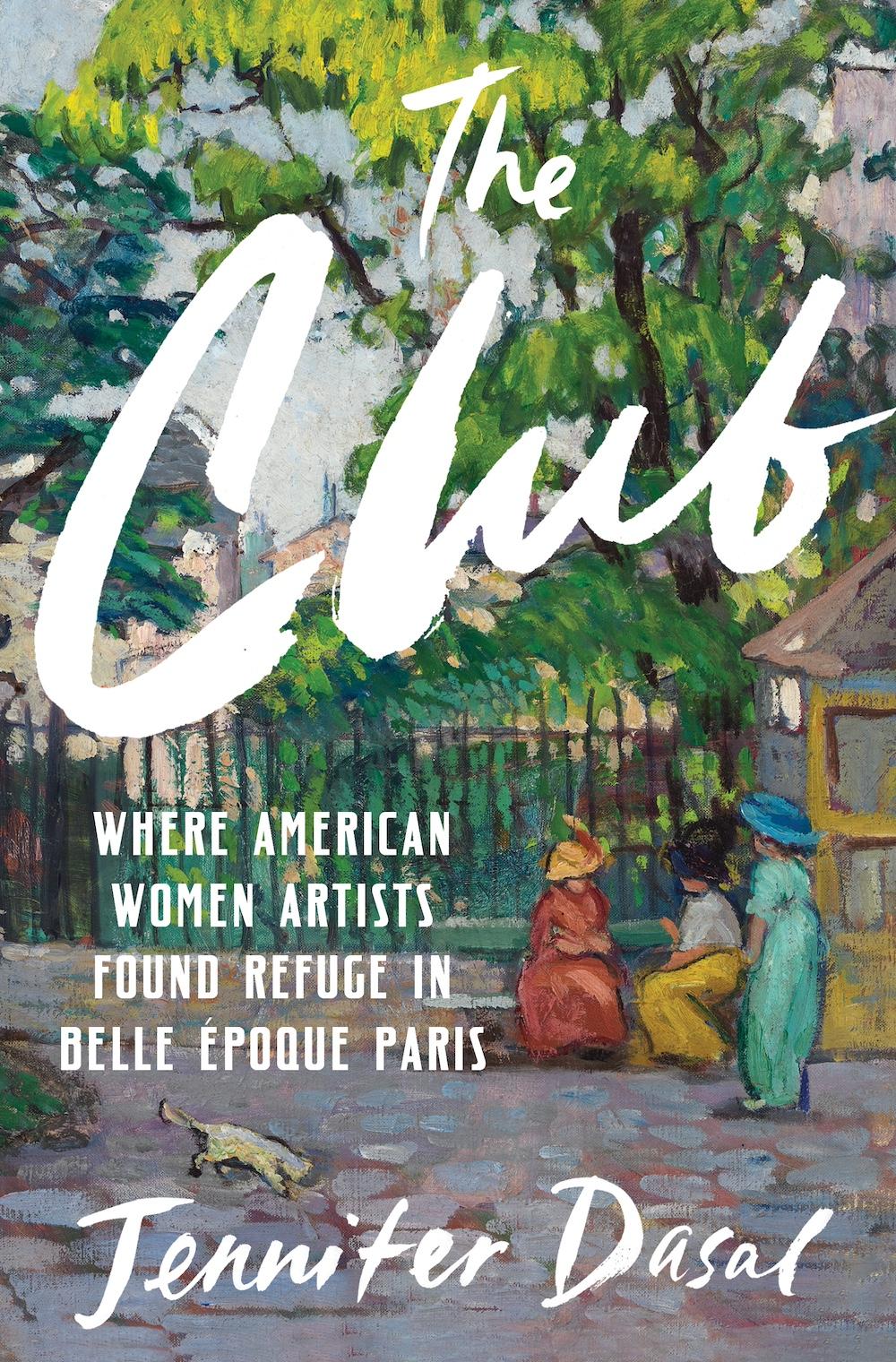
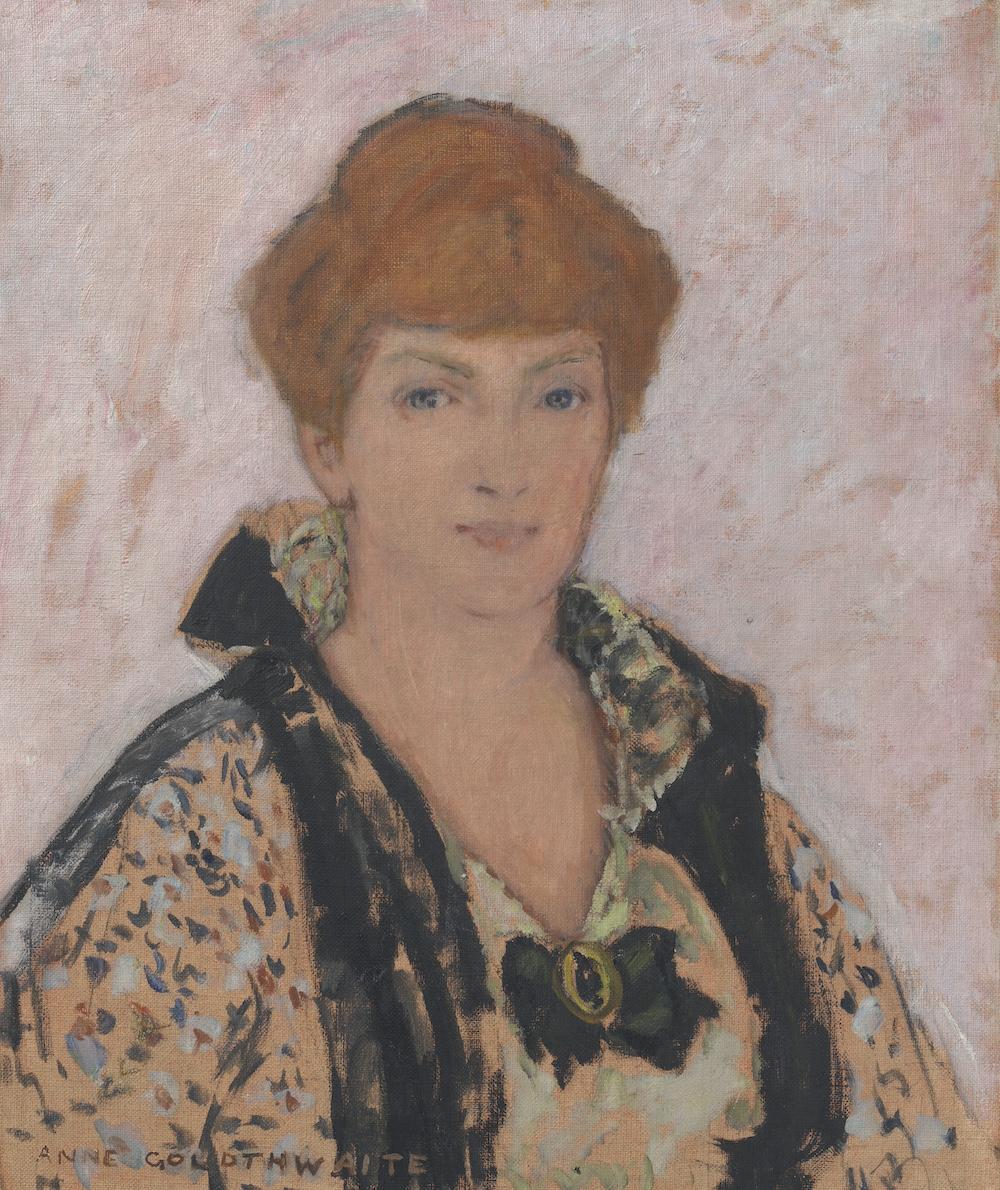
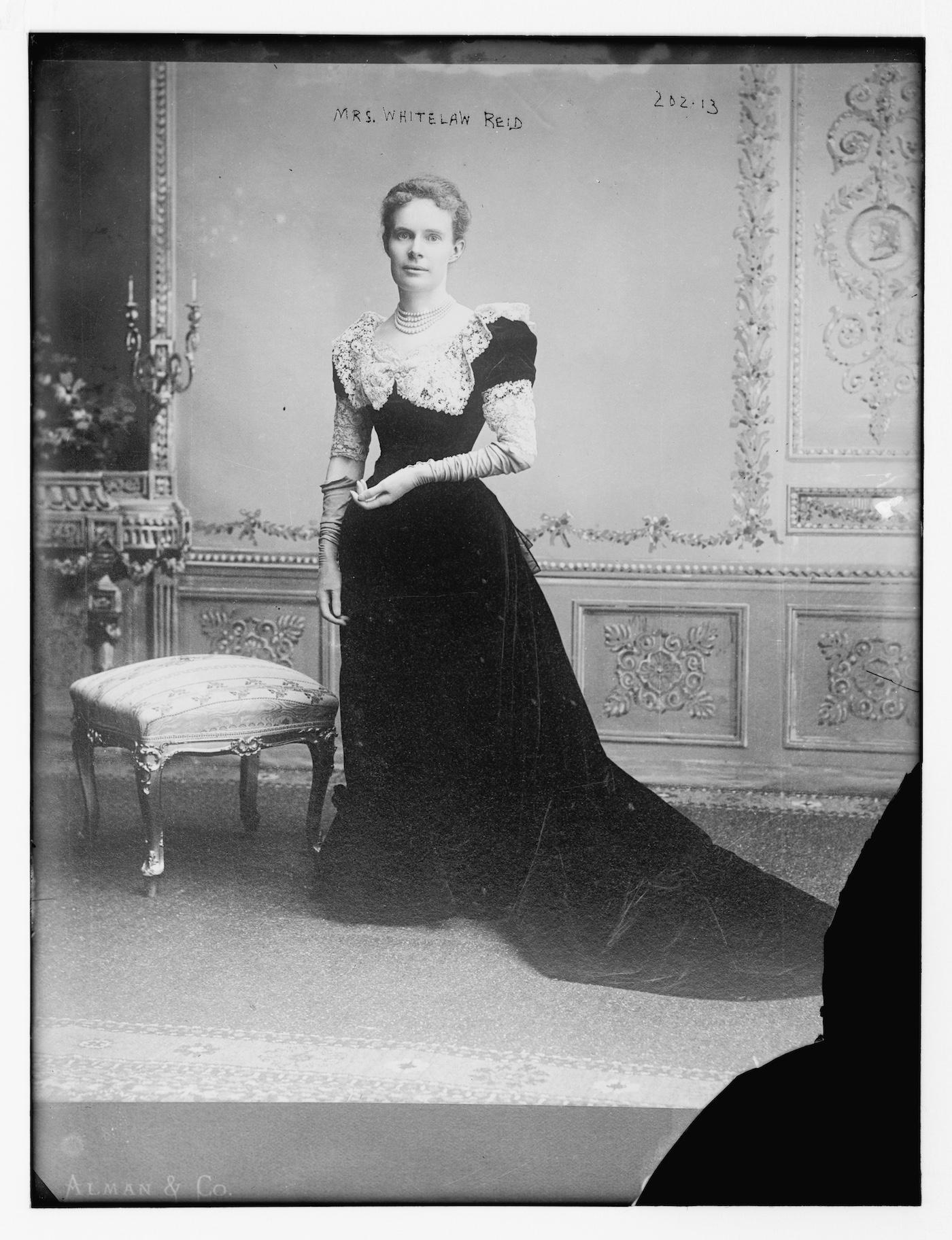
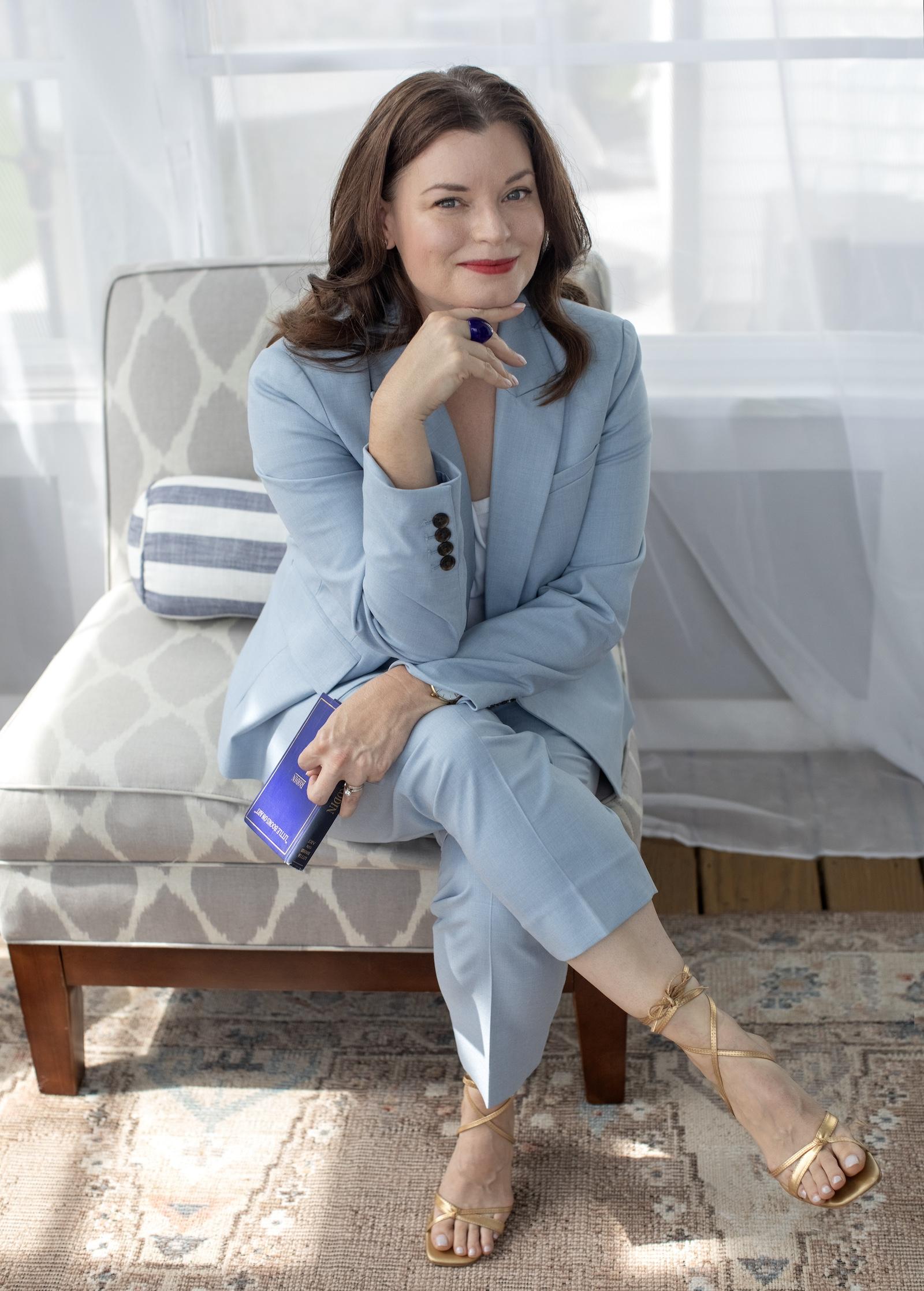

![DEl Kathryn Barton [Australian b. 1972] the more than human love , 2025 Acrylic on French linen 78 3/4 x 137 3/4 inches 200 x 350 cm Framed dimensions: 79 7/8 x 139 inches 203 x 353 cm](/sites/default/files/styles/image_5_column/public/ab15211bartonthe-more-human-lovelg.jpg?itok=wW_Qrve3)
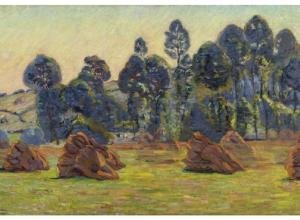
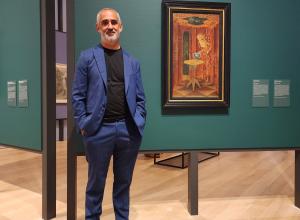
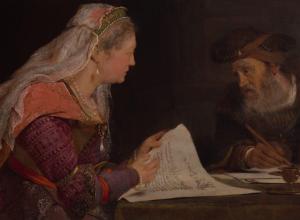
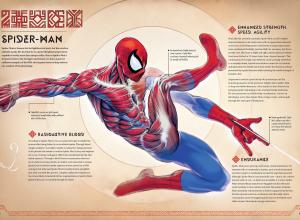
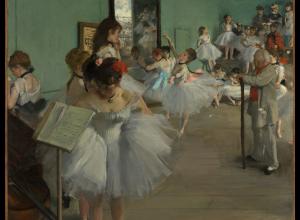




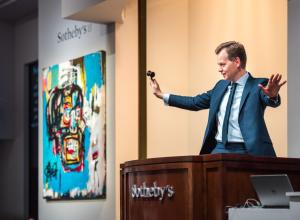



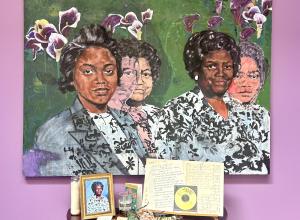

![Merina [Pop Chalee] Lujan, Taos, 1906 – 1993, Yellow Horse, gouache on paper, 13 1/8 x 18 1/8 in. (33.3 x 46 cm.) Estimate: 1,000 – 2,000](https://www.artandobject.com/sites/default/files/styles/image_5_column/public/4630-58.jpg?itok=kBAYkc0u)

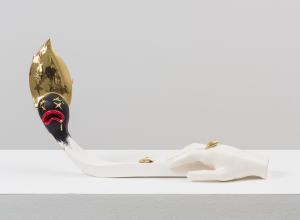

![Ginevra de’ Benci [obverse]. 1474/1478. Leonardo da Vinci. Oil on Panel. Ailsa Mellon Brue Fund, National Gallery of Art.](https://www.artandobject.com/sites/default/files/styles/image_5_column/public/ginevradebenciobverse196761a.jpg?itok=hIzdUTaK)

